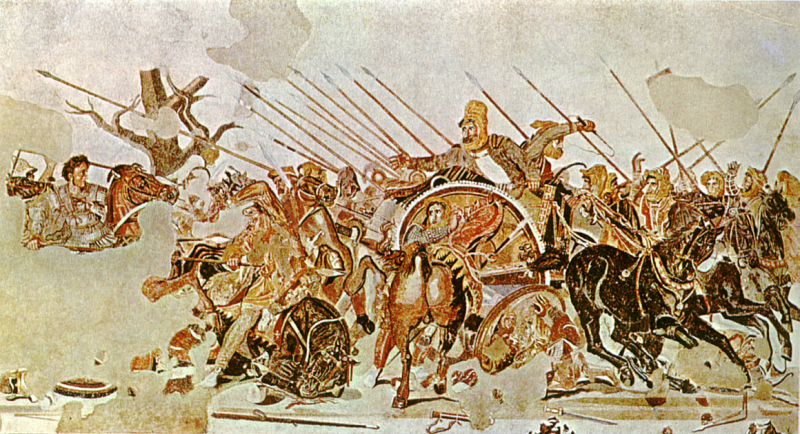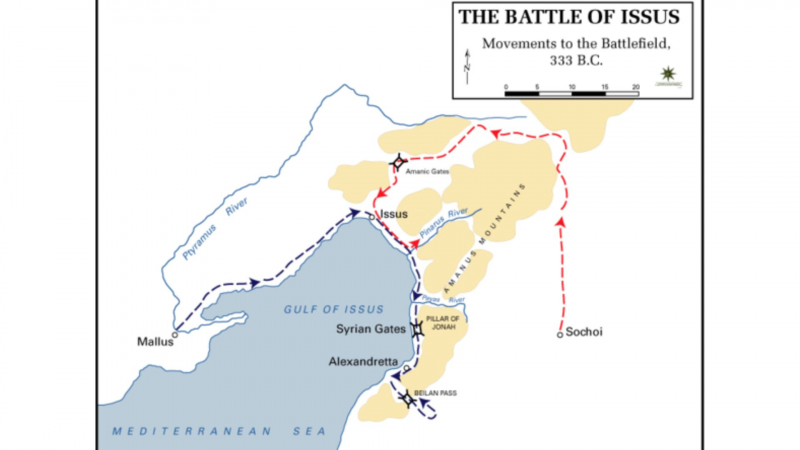The Battle Of Issus
On November 5, 333 BC, the Achaemenid Empire, ruled by Darius III, and the Hellenic League, commanded by Alexander the Great, engaged in combat in southern Anatolia at the Battle of Issus (also known as Issos). It was the first conflict between Darius III and Alexander the Great and the second major battle of Alexander's conquest of Asia. The Macedonian soldiers ultimately defeated the Persian armies in the conflict.
At the Battle of the Granicus, the Hellenic League soundly beat the Persian satraps of Asia Minor, who were commanded by the Greek mercenary Memnon of Rhodes. Darius then assumed personal leadership of his army. To cut off the Hellenic advance's supply line, he recruited reinforcements and then led his forces in a surprise march behind it. The fight at the Pinarus River's mouth and the town of Issus was started in motion when Alexander was compelled to countermarch.
The collapse of Persian dominance began with the decisive Hellenic victory at the Battle of Issus. The Persian army had never before been routed in front of the King, Darius III, at the time. Following the conflict, the Hellenes seized Darius' mother Sisygambis, his wife Stateira I, his children Drypetis and Stateira II, and his wife Stateira I, all of whom had joined Darius on his campaign. The captive women were treated with great respect by Alexander, who later wed Stateira II. Later, 8,000 Greek mercenary warriors of the Battle of Issus who had participated in the Persian army were enlisted by the Spartan king Agis III and used in his war against the Macedonians. Agis beat Coragus, the Macedonian general in charge of the Peloponnese and the garrison of Corinth, in the summer of 331 BC, but ultimately lost at the Battle of Megalopolis.









